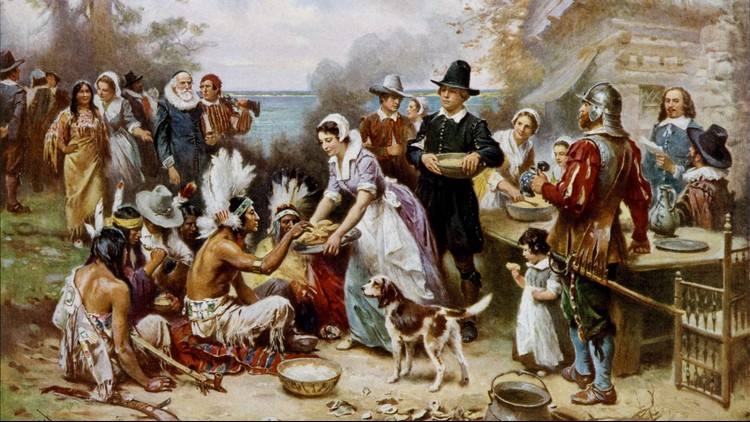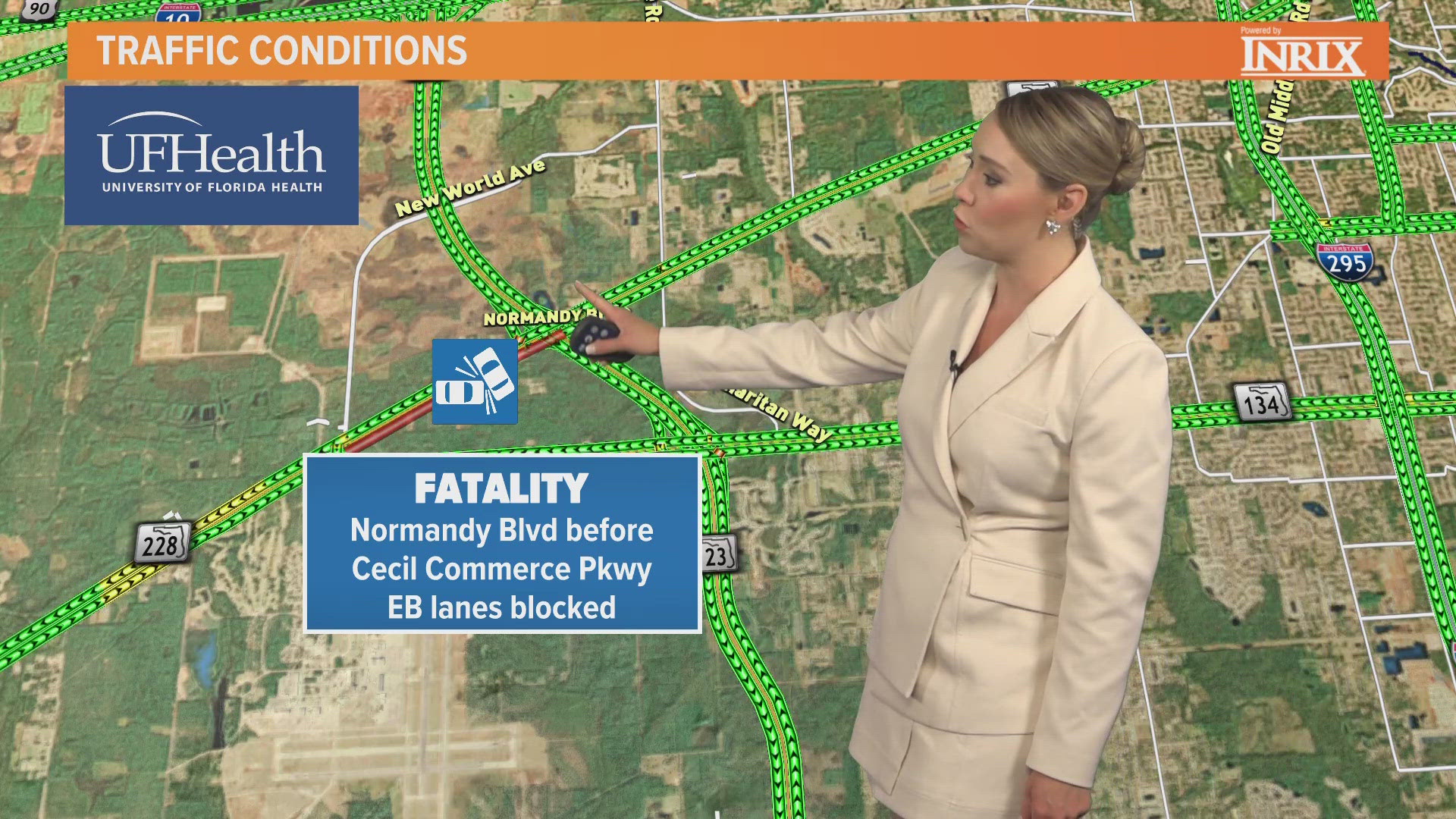The first Thanksgiving meal in Plymouth, Massachusetts, looked nothing like the gluttonous feasts we celebrate around today.
The only two surviving documents from this harvest meal in 1621 describe staples like wild fowl, venison and multi-colored Indian corn being staple dishes at the first Thanksgiving meal shared by the English colonists and Wampanoag Native People.
Living history museum Plimoth Plantation used insights from its historian Kathleen Wall and documents from colonist Edward Winslow and Plymouth Gov. William Bradford to piece together an idea of what the menu looked like at the first Thanksgiving.
Main meats: A massive stuffed turkey was probably not the centerpiece of the meal. In his letter back to England, Winslow talked about the large number of wildfowl the men were able to get for the feast:
“Our harvest being gotten in, our governor sent four men on fowling, that so we might after a special manner rejoice together after we had gathered the fruit of our labors.”
“They four in one day killed as much fowl as, with a little help beside, served the company almost a week.”
Smithsonian Magazine spoke with Wall, who said small wild birds were roasted and larger birds were boiled. It’s possible these birds were stuffed with chunks of onions and herbs. She said the colonists and Wampanoags probably also ate eels and shellfish like lobster, clams and mussels.
Side dishes: When we think of Thanksgiving sides, we think of mashed potatoes and gravy, stuffing, green bean casserole and maybe candied yams or sweet potatoes. Well, the colonists and Wampanoags probably didn’t have any of that. Plimoth Plantation said they probably had different types of squash and pumpkins and the surrounding forests provided chestnuts, walnuts and beechnuts.
If there was some sort of stuffing or dressing, it would have been made with herbs, onions and oats. And by herbs, the museum means vegetables like parsnips, collards, carrots, parsley, turnips, spinach, cabbages, sage, thyme and marjoram.
Corn dishes were made with multi-colored flint corn or Indian corn. The grain was used in porridges, pancakes and to make bread.
Sweet potatoes were a little more likely than white potatoes. The Wampanoags ate things like Jerusalem artichokes, groundnuts, sweet flag, Indian turnip and water lily.
Cranberry sauce was unlikely. The bright red berries may have been added to Wampanoag dishes or a Pilgrim sauce for tartness. It would be another 50 years before an Englishman would write about boiling cranberries and sugar to make a sauce for meat.
Desserts: Sorry, no pumpkin pie or any other sweets. Sugar, butter and wheat flour were luxuries and not available to the English colonists almost 400 years ago.
Pumpkins were most likely a savory side. Writings from later in this period do reference pumpkin pies, but the gourd was treated like apples by slicing it and sometimes frying it before putting it in a crust.
Though the first Thanksgiving meal looked nothing like the feasts we enjoy today, Winslow’s final line in his letter back home to England helped solidify the harvest celebration as one to keep celebrating.
“And although it be not always so plentiful as it was at this time with us, yet by the goodness of God, we are so far from want that we often wish you partakers of our plenty.”
►Make it easy to keep up-to-date with more stories like this. Download the 10News app now.
Have a news tip? Email desk@wtsp.com, or visit our Facebook page or Twitter feed.



